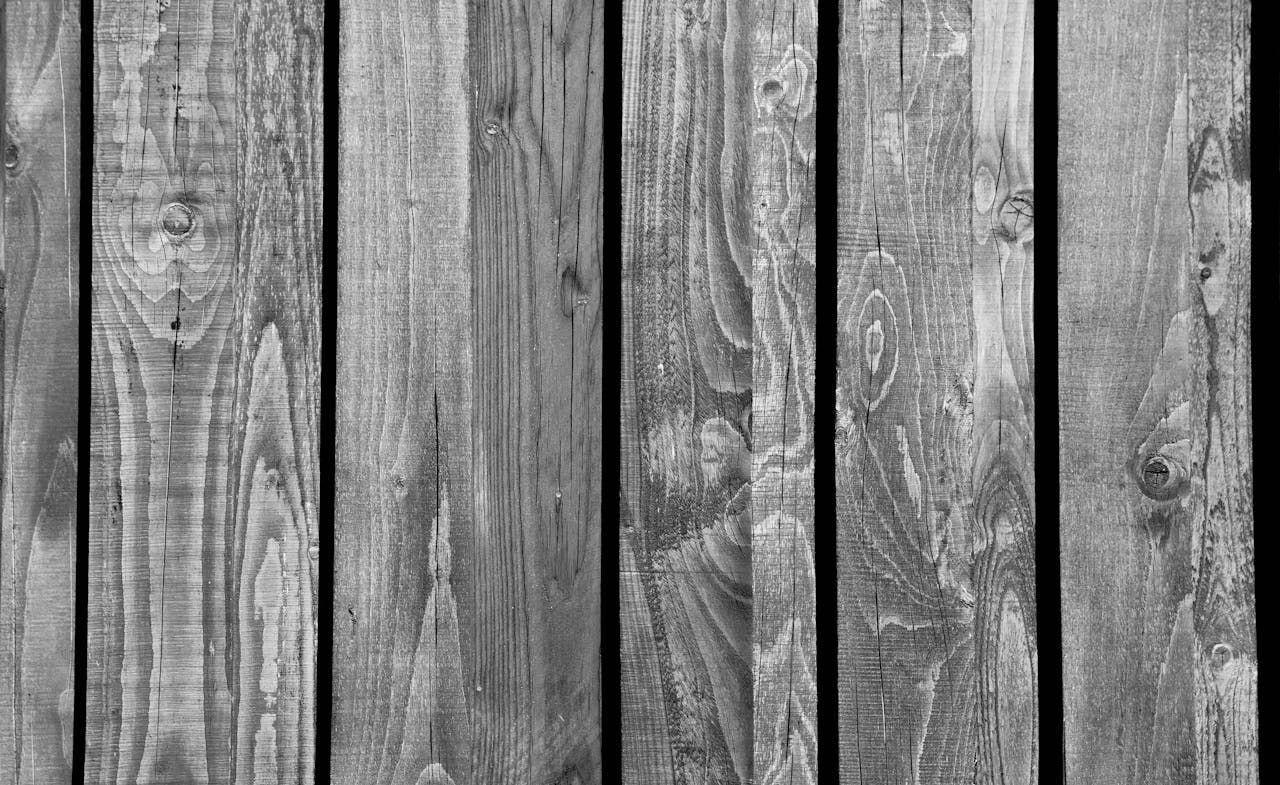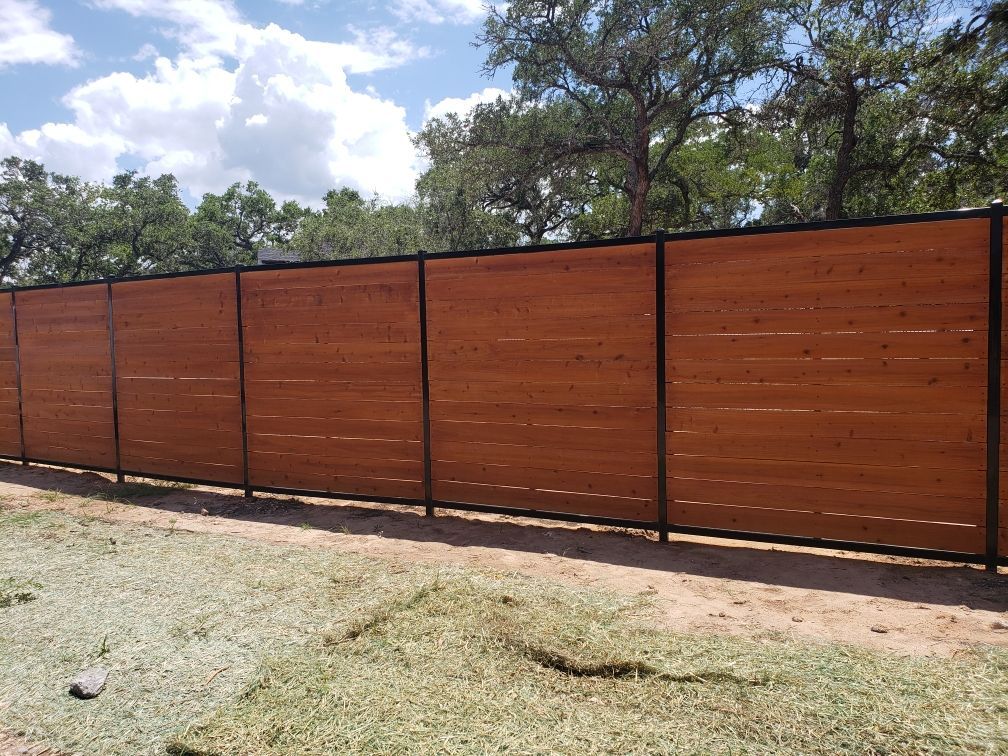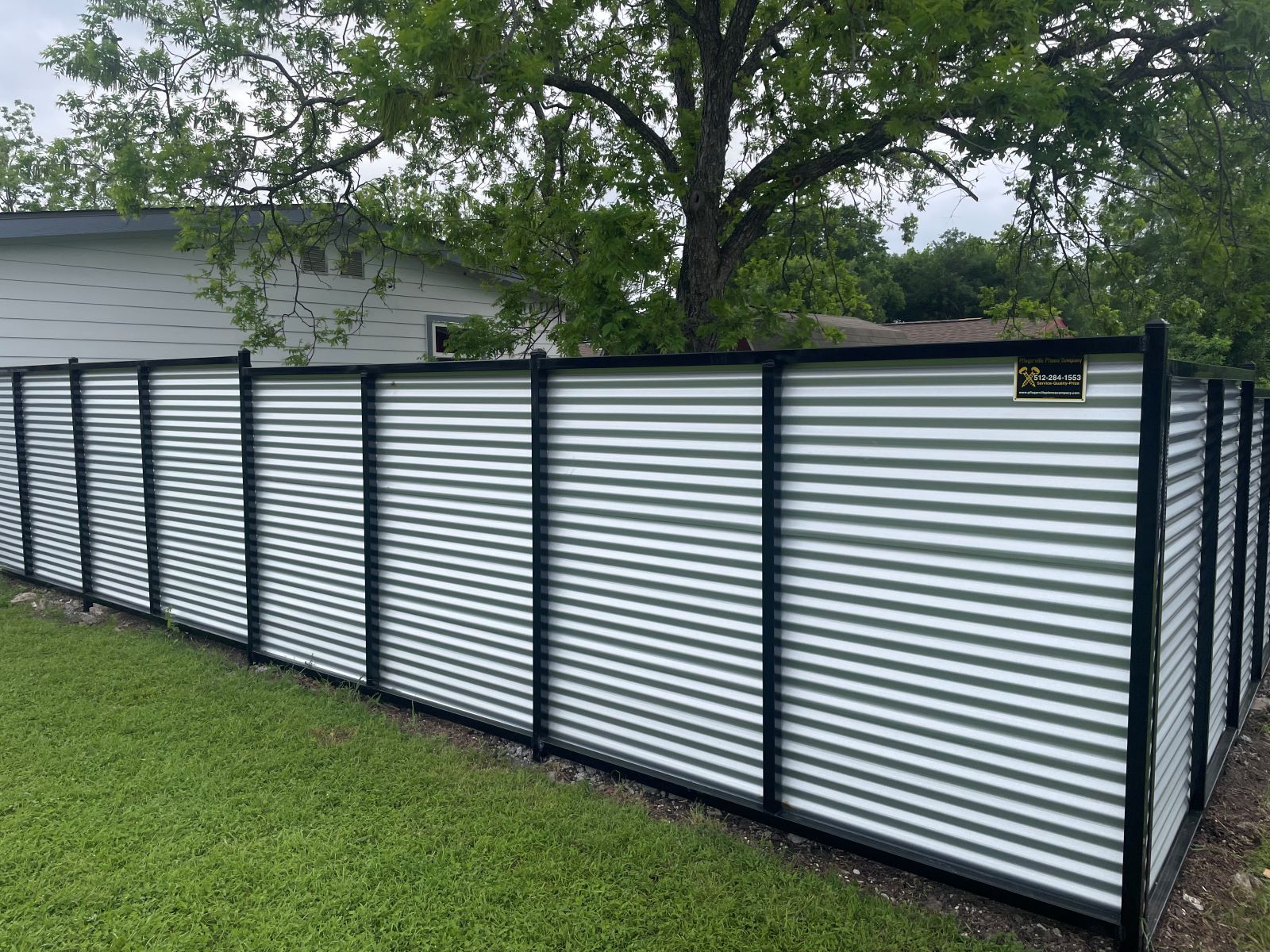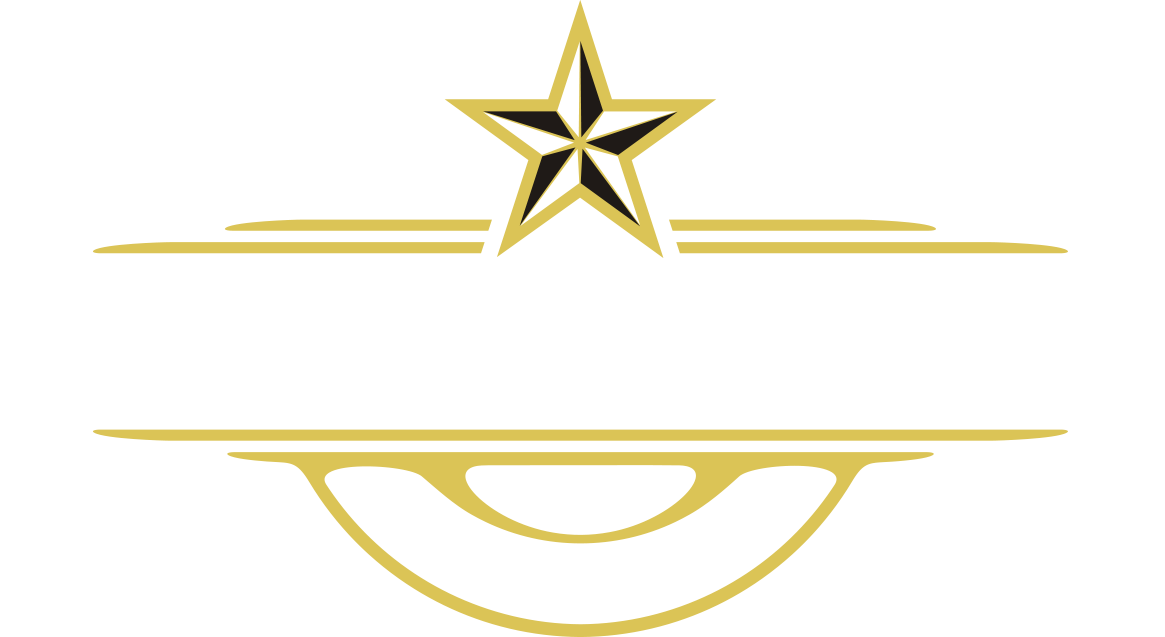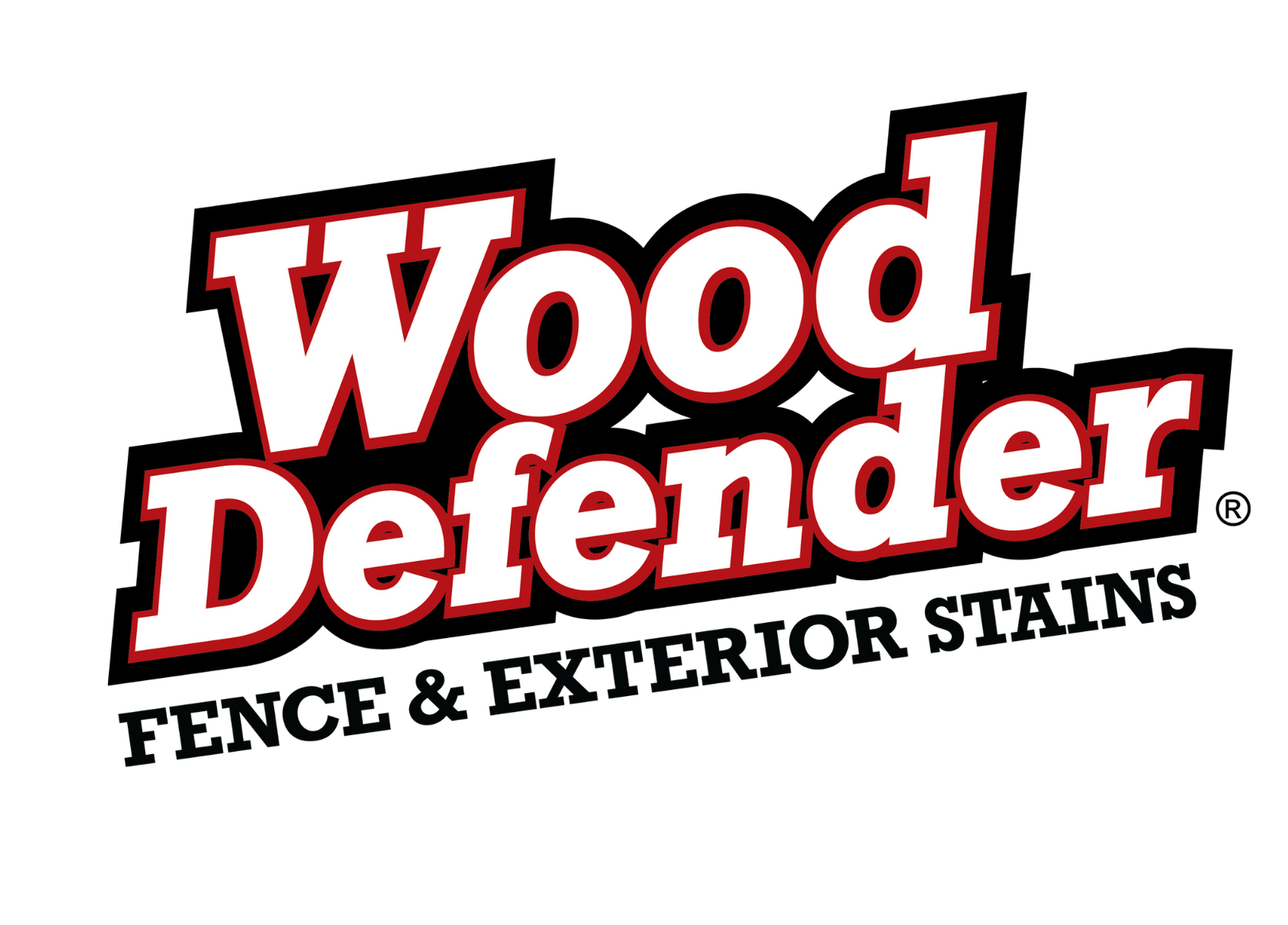Seasonal Wood Fence Care: Protecting Your Fence Year-Round
When it comes to building or replacing a wood fence, many homeowners are thinking beyond aesthetics and durability—they're considering the environmental impact as well. Choosing sustainable wood and using eco-friendly treatments not only supports responsible forestry practices but also ensures your fence is safe for people, pets, and the planet.
🌲 Sustainable Wood Options for Fencing
Sustainable wood comes from responsibly managed forests where trees are replanted and biodiversity is protected. Here are some top eco-conscious wood choices for fencing:
1. FSC-Certified Wood
Look for wood certified by the
Forest Stewardship Council (FSC). This certification ensures the wood is harvested sustainably, with respect to the environment and local communities.
2. Cedar
Cedar is a popular choice for fencing thanks to its natural resistance to insects and rot, which reduces the need for chemical treatments. It's durable, widely available, and can be sourced from sustainably managed forests.
3. Redwood
Another naturally durable option, redwood has a rich color and excellent resistance to decay. It grows primarily on the West Coast of the U.S., so sourcing it locally (if you're in that region) can reduce your carbon footprint.
4. Bamboo
Though technically a grass, bamboo is a rapidly renewable material that can be used for fencing. It grows much faster than trees and can be harvested without killing the plant, making it a super sustainable option.
5. Reclaimed or Recycled Wood
Using reclaimed wood not only keeps material out of landfills but also adds unique character to your fence. Salvaged barn wood, pallets, or old decking can be repurposed beautifully.
🌿 Eco-Friendly Treatments for Wood Fences
Once you’ve chosen sustainable wood, the next step is protecting it in an environmentally responsible way. Many traditional wood treatments contain toxic chemicals that can leach into soil and waterways. Thankfully, there are greener alternatives:
1. Natural Oil Finishes
Oils like linseed, tung, and hemp oil penetrate the wood and provide moisture resistance without synthetic additives. Be sure to choose boiled or polymerized oils for better durability.
2. Water-Based Stains and Sealers
These contain fewer volatile organic compounds (VOCs) than oil-based products. Look for low- or zero-VOC options that are labeled as biodegradable and non-toxic.
3. Plant-Based Wood Preservatives
Some products use natural plant oils and extracts to protect wood from insects and fungi. These are a great choice for families with pets or children.
4. Borate Treatments
Borates are naturally occurring minerals that offer protection from termites and fungi without the harsh chemicals found in conventional wood preservatives.
🌎 Tips for an Eco-Friendly Fence Project
- Buy local: Reduce emissions by sourcing wood from nearby mills or lumber yards.
- Plan longevity: Choose durable materials and apply protective treatments to extend the life of your fence.
- Maintain regularly: Clean and reseal your fence as needed to prevent premature wear.
- Recycle old fencing: If replacing a fence, look for ways to reuse or recycle the wood instead of sending it to the dump.
In Conclusion
Choosing a sustainable wood fence doesn’t mean compromising on quality or style—it means making choices that support a healthier planet. By opting for eco-friendly materials and treatments, you’re investing in a fence that’s not just built to last, but built to care.


